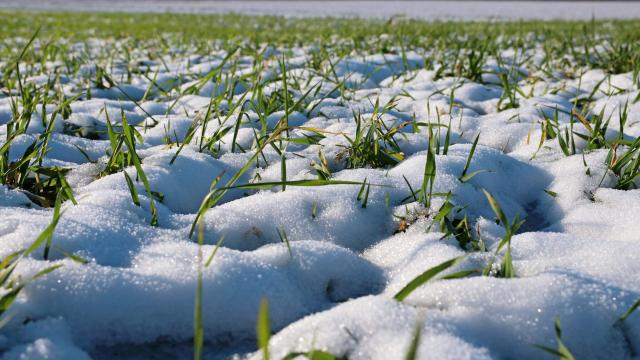Gardening may seem like a warm-weather activity, but for best results, it’s actually a year-round endeavour. Just because the ground is frozen and very little is blooming right now doesn’t mean there’s nothing to do. Use this time — while you’re not overwhelmed with planting, watering, managing, and harvesting — to set yourself up for gardening success in the spring.
Here’s what you need to do now for a great garden later.
Prune and clean your garden now
If you haven’t already removed your overgrown tomato plants and browning annuals, now is the time. As long as there’s no sign of disease, your scraps can go into your compost bin or be chopped and dropped directly on your plot. You’ll also want remove any debris, including piles of leaves and overgrown shrubbery, and cut back perennials.
Work to improve your soil
Improving the soil quality in your garden during the winter is one of the best ways to set yourself up for spring success. We’ve got a guide to soil preparation, but the options include planting a cover crop to protect your soil and improve its nutrient content; using mulch to do the same; or adding compost to feed the beneficial microorganisms that live in your soil.
You may also want to add amendments — substances that improve physical composition and structure — to your soil. While mulch is added as a top layer, amendments are worked deep into your plot. To do this, you’ll need to know your soil composition. Your local cooperative extension service may be able to help with this, or you can check with a garden club or community garden organisation in your area.
Make a plan and timeline for spring
It’s easy to let the winter get away from you and to miss out on early-season preparation. Now is the time to figure out what you want to plant and to map that out based on how much space you have, the garden strategy you follow (companion planting, for example) and layout options (rows versus square foot versus four square). From there, figure out what seeds and starts you need to order and where you can get them from.
You’ll also need a timeline for starting seeds indoors, transplanting seedlings outside, and starting seeds directly in the ground so you don’t miss the windows for maximizing your yield. Put your zip code into the Almanac for approximate dates for your area.
Work on your compost pile
Keep saving those kitchen scraps to feed your compost pile. Don’t forget to care for your compost — turning and mixing it even through the cold weather.
Also, if you don’t have a compost pile, you can still make good use of scraps in your garden. Coffee grounds and eggshells can be saved and stored for when you are ready to work them into your soil.
Organise your tools and storage space
Now is also the time to clean and sharpen your garden tools and organise your garage, shed, or basement. You should also organise and label your seeds and find a cool, dry place to store them.
Manage snow on your trees and bushes
If you live in a snowy place, your plants are likely to hold up just fine through the winter without intervention — and snow is actually helpful and protective. However, you can help your trees and bushes out by gently brushing off snow if it begins to weigh branches down. You can also stake and support shrubs as needed to prevent breakage.

Leave a Reply
You must be logged in to post a comment.